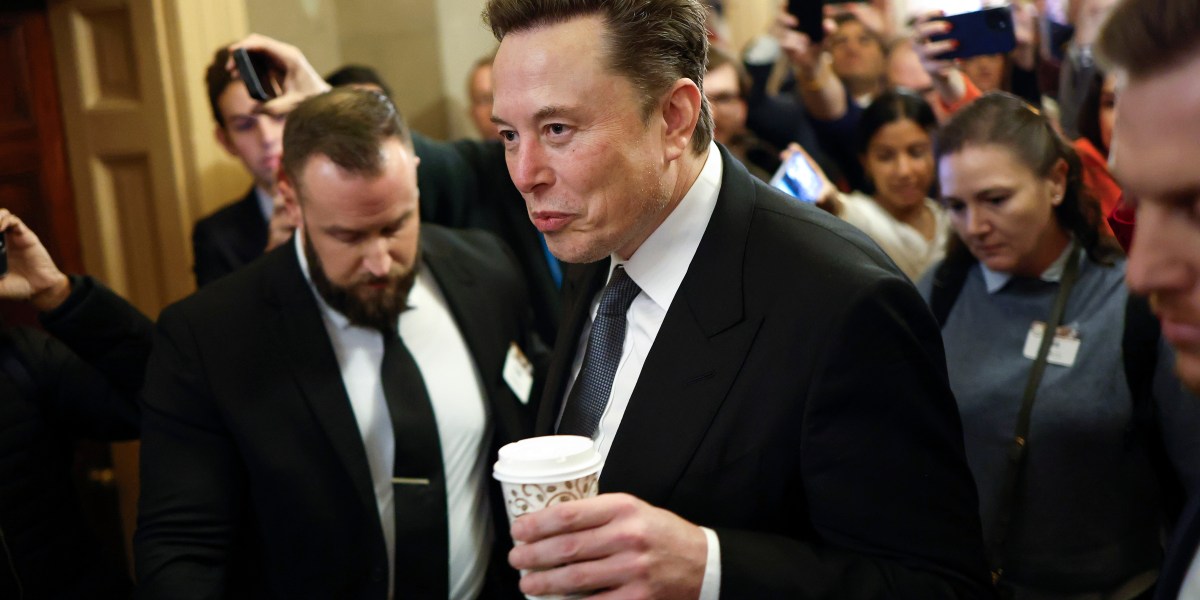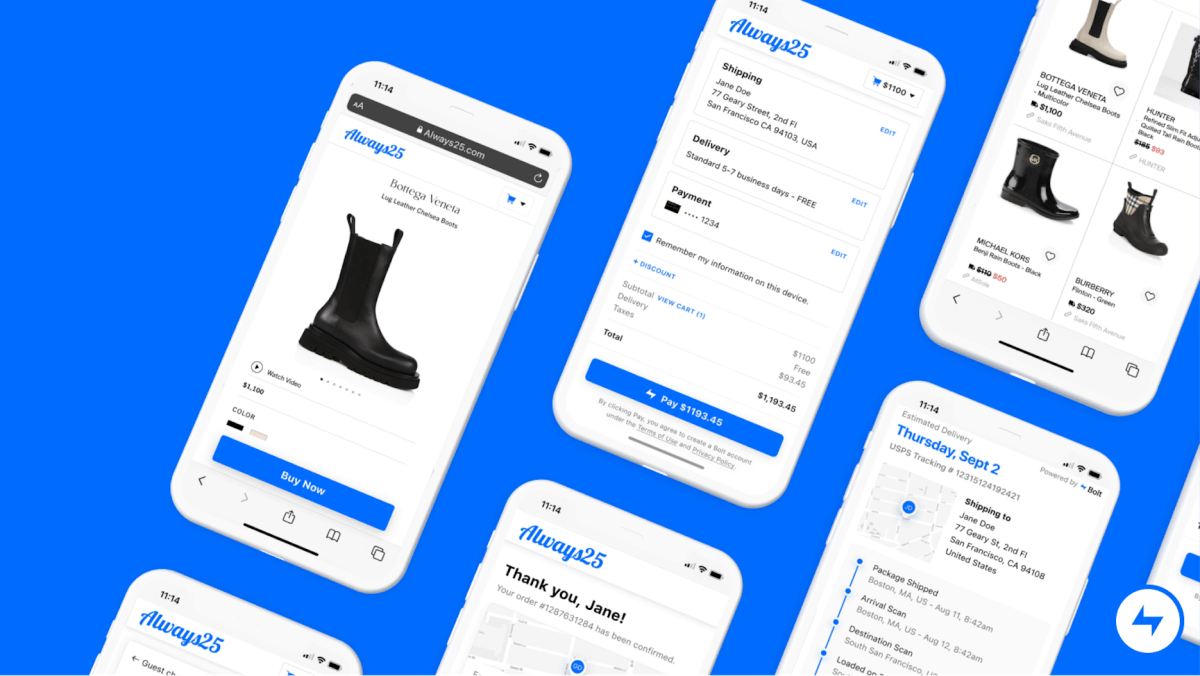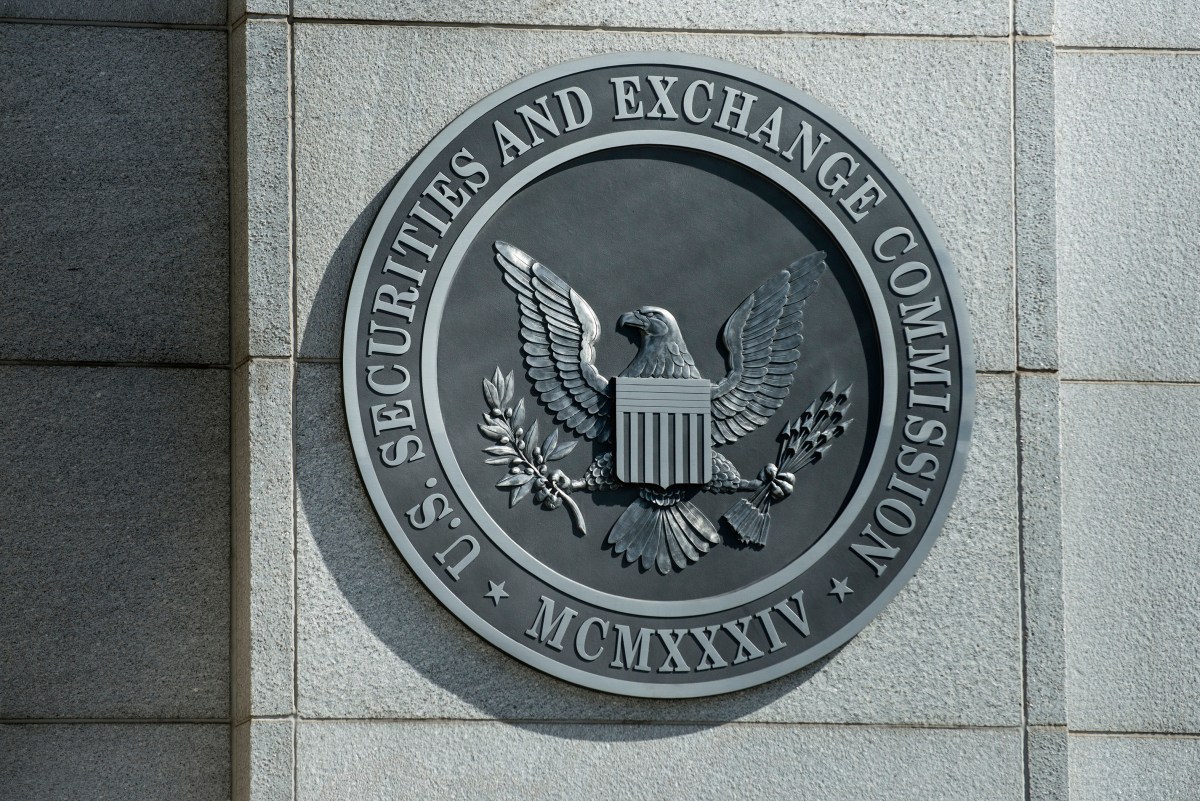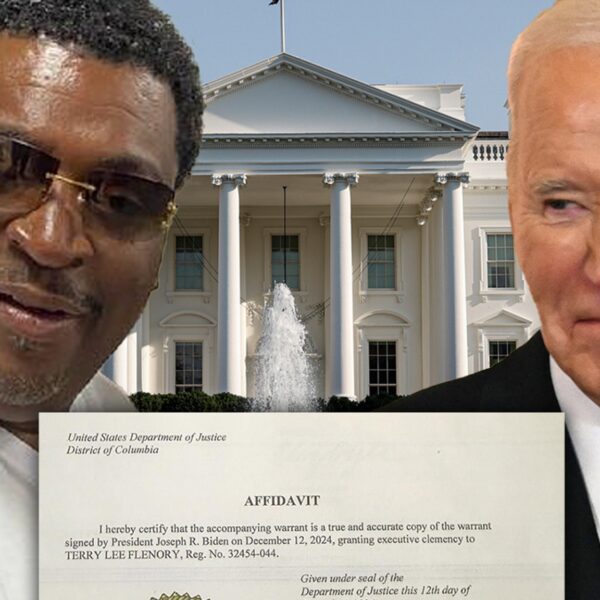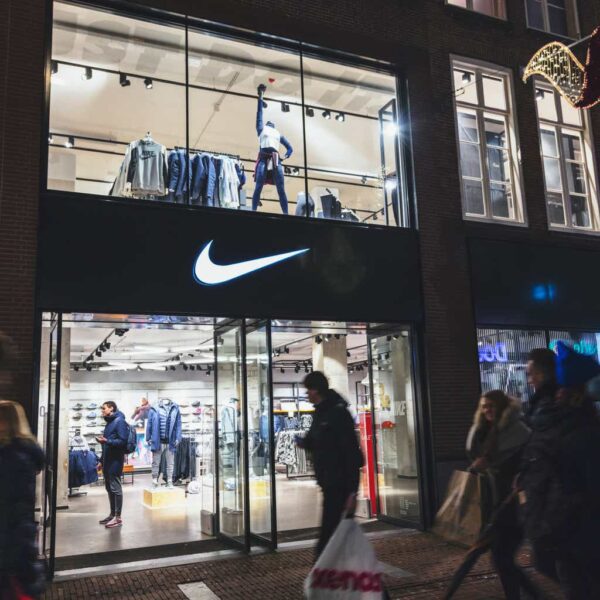YouTube Shorts is integrating with Google DeepMind’s latest video model, Veo 2, allowing creators to generate AI video clips for their posts.
Veo 2 is Google’s response to Sora, OpenAI’s text-to-video generator. YouTube, owned by Google, already allowed creators to generate AI backgrounds for their Shorts with a text prompt through a feature called Dream Screen. But Veo 2 will allow creators to generate standalone video clips to add to any of their Shorts.
According to a blog post by YouTube Director of Product Dina Berrada, these AI tools will run faster than before.
“Veo 2 understands real-world physics and human movement better, making its output more detailed and realistic,” Berrada wrote. “You can even specify a style, lens, or cinematic effect, making Dream Screen an easy and fun way to express yourself.”

To indicate that these videos were made using AI, they will use DeepMind’s SynthID tool, which watermarks and identifies AI-generated content. YouTube also stated that these videos will be clearly marked as being made with AI — but these labels don’t completely mitigate the potential harm of sharing synthetic content that can mislead viewers.
To use Veo 2 in YouTube Shorts, creators can open the Shorts camera, select Green Screen, and then navigate to Dream Screen, where they can input a text prompt to generate a video.
This feature launches on Thursday for any creator in the U.S., Canada, Australia, or New Zealand. YouTube plans to expand access later.



